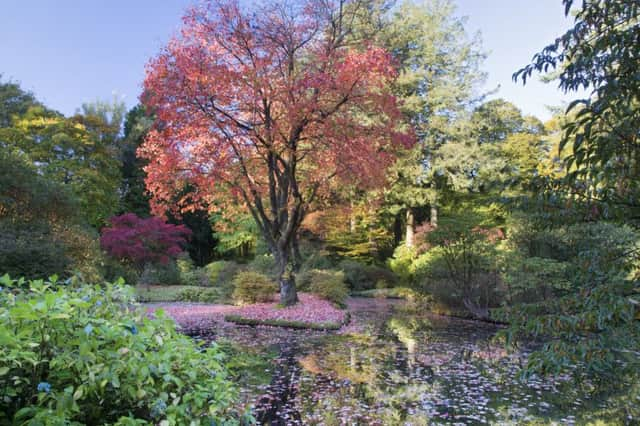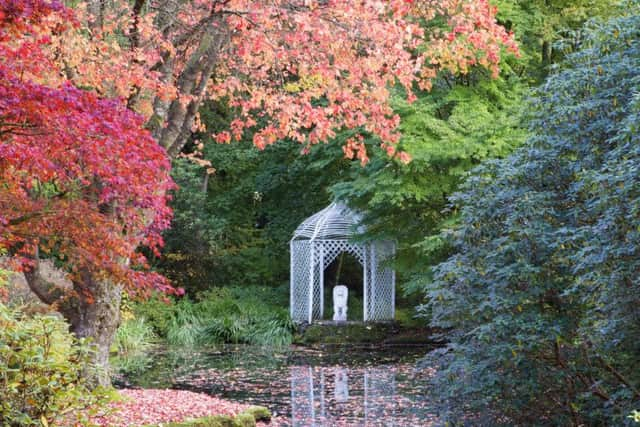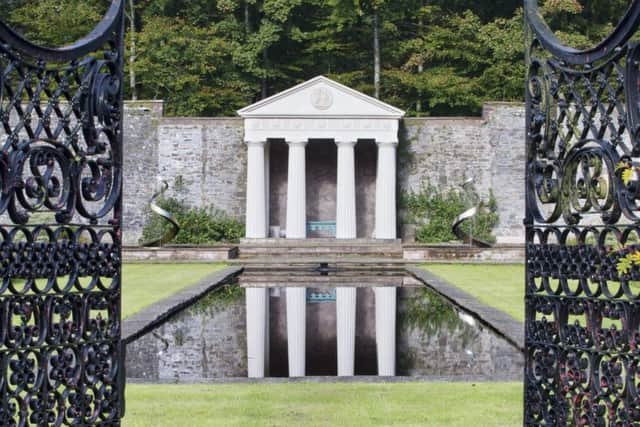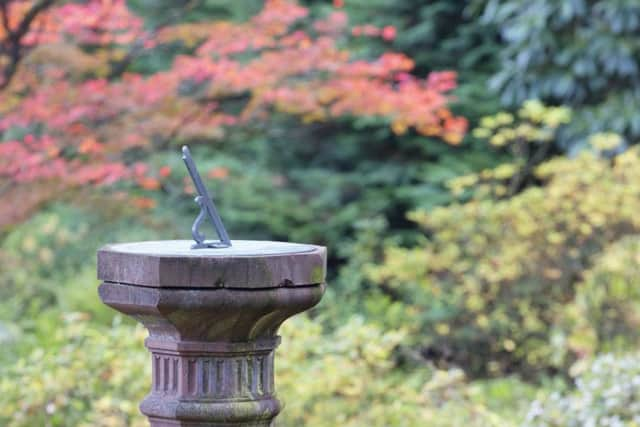The Ingall family’s beautiful Galloway garden


FOUR generations of one family have helped make Corsock special. There are views down the Urr Valley, and while species rhododendrons and reconstructed temples are features worth seeing, it’s the bigger picture that draws the garden together.
The vision for the Galloway garden began when the Ingall family moved in during the 1950s. It had belonged to a timber merchant who was on the verge of pulling it down. For a while, he retained ownership of woods surrounding the property while the house was lived in by Peter and Rhona Ingall. Their son Micky, who was nine when the family moved to Corsock in 1951, transformed it, laying foundations for work that continues today.
Advertisement
Hide AdAdvertisement
Hide AdAs well as raising his own sons there, Micky and his wife Jane looked after the trees and woods which came back into the family. Retiring in 2003 and with an eye for what would work, Micky continued to develop a 30-acre landscaped woodland and water garden, including temples. The garden’s evolution is now being overseen by Jane and Micky’s eldest son Alastair. Micky died in 2009 but Jane stays involved in the garden, as do Alastair’s young family. Together with a head gardener – only the third since the Second World War – they ensure Corsock has much to see.


“My general rule is for the garden to be enjoyed and shared,” says Alastair. This autumn the colours have been stunning, with scarlet acers set off against the landscape and bright blue skies. Views change when parts of the commercial woodlands are cut. The house looks south towards the Screel and Bengairn hills and the autumn colours of the wooded valley provide a dynamic vista.
The woods were gradually bought back by the family, and it was their natural structure, combined with the burn, which flows down a series of waterfalls from the Corsock Loch that became the foundation for the garden. “It was acquired at a time when it was impossible to have the vision for a garden that you can have now,” says Alastair.
With the loch located at the top of the valley, a mixture of deciduous trees, pine and larch frames the garden. The water garden, consisting of four interconnected ponds designed by the previous owner, had become overgrown by the 1960s and its renovation was one of the first projects. The ponds were dug out by hand and restored to their original shape. Species rhododendrons were probably grown from seed collected by George Forrest, whose expeditions to the Himalayas in the 1930s were sponsored by McEwans, the previous owners. A very rare one was identified by specialist Alan Clark as Rhododendron aperantum – it only grows a tiny amount a year and a handspan represents almost 25 years of growth. Open planting includes the heavily scented R. Loderi ‘King George’, and Micky added swathes of azaleas, choosing R. luteum for its scent and autumn foliage.
In the walled garden, where many of the original plants don’t really fit in, Alastair’s mother-in-law has become involved, helping to devise a new planting plan. “There are eight triangular beds and we’ve replanted two of them; we will probably do two more next year,” says Alastair.


The head gardener Jamie Sessford is assisted by Harry Cliff, who has worked at Corsock for more than 20 years. Jamie has already made a big impact in the six months he has been there, says Alastair, creating new paths, changing the strimming routine, digging new drainage, developing a strategy for bringing on young trees, bringing in new, more efficient machinery and clearing new areas, in addition to the normal chores of weeding, mowing and cutting.
This makes a huge difference to Alastair’s involvement which, because of his job and family commitments, has to be less about the day-to-day planting and more about the bigger picture at Corsock. Not that he’s far removed from it – a childhood spent digging and designing is now being repeated by his children, aged six, four and two, who spent one morning of their recent October holiday planting bulbs.
The Doric and Ionic temples were built by Micky and both have a story. The pillars of the Doric one in the walled garden were bought from an architectural salvage yard in London, but sat in the garden at Corsock for 25 years before Micky did anything with them. “Then the time and vision came together and the temple in the walled garden was built,” recalls Alastair, who was then in his twenties. The Ionic temple was built in 1970 – the pillars came from rebuilding work at Cornbury Park in Oxfordshire. The garden is not something that’s been rushed, it’s been pondered and considered.
Advertisement
Hide AdAdvertisement
Hide Ad“Just because the garden is not changing does not mean it is standing still,” Alastair adds.


He spent teenage summers laying stones, digging and building, with an interest in engineering that would be his eventual degree. The trellis temple was built before he was born, and Alastair helped to rebuild it as a teenager. It has been rebuilt again since his father died. The two ponds and the waterfall garden were laid during the 1990s, first the top then the bottom. “It had shape and structure, a few big species rhododendrons on the steep banks and the burn running through it, but the area was filled with a lot of ponticum and bracken. The view is spectacular and it was something I watched emerging as a teenager – that was his vision.”
The temples and bridges highlight the family’s inclusion of thoughtful architectural design into the landscape. It’s a garden whose past is beautifully connected to its present.
• Corsock is open at various times of the year: Sunday 29 May 2pm-5pm; by arrangement 1 April-30 June, and for autumn colours. See www.scotlandsgardens.org for details.